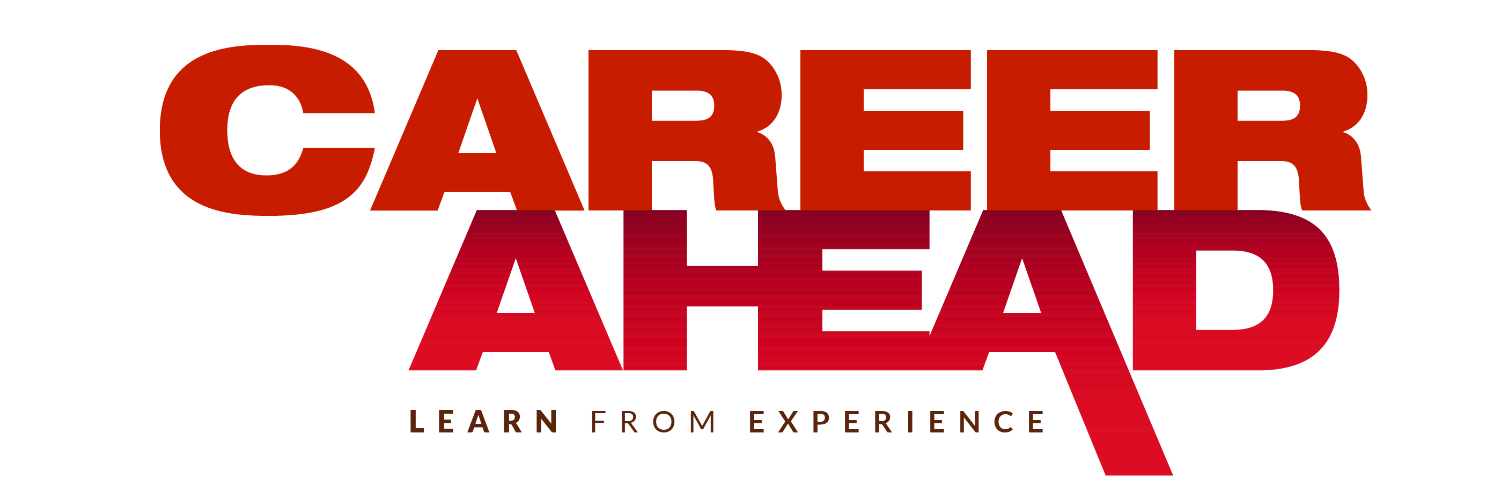No products in the cart.
Q&A with Fashion Designer Payal Jain
"Fashion has gone through a phase when everyone thought it was the easy road to being rich and successful; sadly, this couldn’t be farther from the truth. It is neither a short cut to fame, nor wealth or success"
One of India’s most respected couturiers, Payal Jain has a career spanning almost three decades in the fashion industry. Her label is synonymous with classic and timeless ensembles











